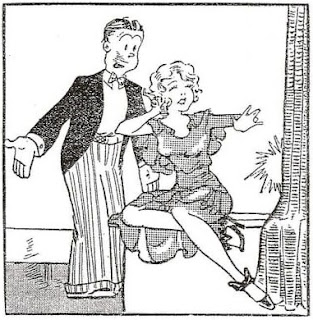A few (?) words about Ernest Chappell's 1941 adaptation of "A Christmas Carol" on Victor Records and how it compares to a couple of other, more famous, 78 rpm albums from the same timeframe.
The big competition for this set was the album from Decca Records starring Ronald Colman as Scrooge, as both were released for the 1941 holiday season.
Ronald Colman was a big star at the time and everybody loved his voice, so the Decca set would naturally attract more attention, as Ernest Chappell wasn't a household name anyway.
Then 1942 saw Columbia Records issue their version with Basil Rathbone as Scrooge. Rathbone was never as big a star as Colman, but he was still a name to be reckoned with and very familiar to 1940s record buyers. He's probably better remembered today than Ronald Colman, if only because of the Sherlock Holmes connection.
But if you take away the star power, is Ernest Chappell's version better?
Well, one thing it has going for it is a longer running time. The album has four records rather than the three of the other two, so there's more time to work with. Chappell's runs about 40 minutes, whereas Rathbone and Colman get only about 25. So, there's that.
Since Ernest Chappell is an announcer acting as narrator, his version has quite a bit more text from the book, including the "standing in the spirit at your elbow" line, which is so seldom heard.
The Decca version has Ronald Colman narrating as Scrooge, so the vibe is quite different. The Columbia version has a "star" announcer in Harlow Wilcox, but he only provides an introduction. The rest of the recording has the characters providing a lot of expository dialogue.
So, the Chappell version is like someone reading the book to you with the characters acting out scenes, whereas the Colman one is Scrooge telling us his story and the Rathbone version is like it's playing out as we listen.
The approaches are different, which I think is good, as I wouldn't want the same thing over and over with only the cast changing. I also think it's fun that each of the big three record companies f the time had competing versions.
It's interesting that the (RCA) Victor version seems to have the lowest budget, as they were extremely successful at the time with Glenn Miller and Tommy Dorsey among a number of top bands signed to the label.
In the final analysis, if I were back in the early 1940s and could only buy one, I'd still go with Ronald Colman. It's the voice!




























